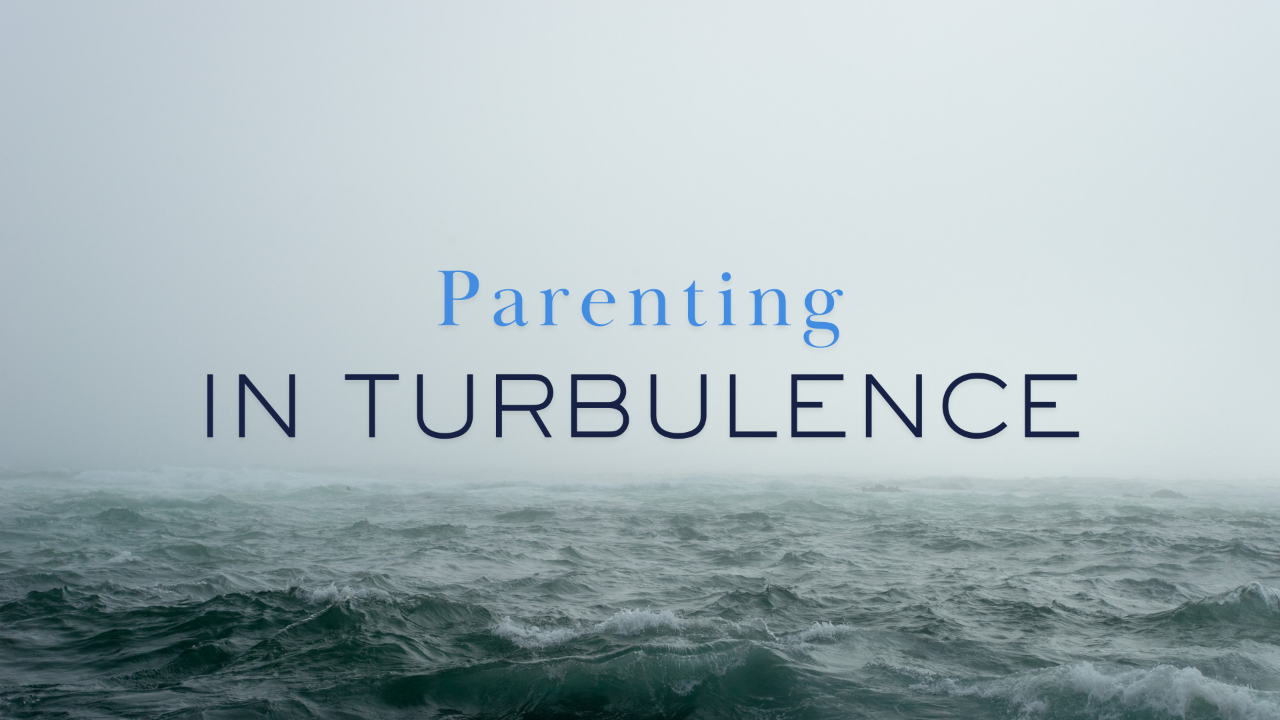Making Sense of It All: Anxiety, Parenting, and What Actually Helps
Real world reflections from the clinic, the home, and everywhere in between. For parents navigating anxiety and big emotions in their kids.
🤯 2024 Broke Me... But THIS Unexpected Strategy Saved My Family (and My Sanity!) 🤯

Navigating the Undercurrents: Parenting Through the Turbulence of 2024
2024 was a year that tested me. The relentless bombings from my work life coupled with the ever-present demands of family, often left me feeling adrift in a sea of exhaustion. There were days when the weight of it all threatened to pull me under.
But parenting (or perhaps my children?), it seems, was a life vest that refuses to let go - it just took me a while to figure out that they were more of a life vest than a weight in 2024. Even when my own strength faltered, the needs of my children kept me afloat. And in the struggle to stay above water, I discovered a deeper understanding of resilience – not as a triumphant return to shore, but as a relentless navigation of the undercurrents.
Resilience wasn't about erasing the impact of the storm; it was about charting a new course through the choppy waters. It was about making deliberate choices, even when my inner compass spun wildly.
Intentionality as an Anchor
...Building Resilience Through Bedtime Stories

Growing up, I often heard stories about my parents’ journey as immigrants. They faced countless hardships, from language barriers to financial struggles, yet they never gave up. Their unwavering determination and resilience were driven by a single goal: to provide a better future for their children. Even when the chips were down, they persevered, teaching me the invaluable lesson that resilience and perseverance can lead to success. Inspired by their journey, I strive to instill these same values in my own children. One delightful and effective method is through bedtime stories. Here are some wonderful books that can teach children about resilience while making bedtime a cherished ritual.
1. “The Most Magnificent Thing” by Ashley Spires
This charming picture book tells the story of a girl who sets out to create the most magnificent thing but faces numerous challenges along the way. It teaches children about perseverance and the importance of not giving up.
Find it on...
7 Parenting Books for Anxious Kids : Recommended by a Child and Forensic Psychiatrist

As a child and forensic psychiatrist, I’ve witnessed firsthand the impact of anxiety on our tamariki. Childhood anxiety isn’t some distant concept—it’s a real experience that affects millions of our kids (and even adults). It’s like a rising tide, threatening to engulf our whānau. From separation anxiety to those all-encompassing worries, these emotions can hold our little ones hostage.
Anxiety isn’t just a fancy word; it’s a lived reality for our tamariki. Recent studies show that approximately 1 in 8 children grapple with anxiety-related challenges. These feelings might show up as persistent worry, fear of specific situations, or even physical symptoms like puku aches and headaches. As parents, recognizing these signs early is our superpower.
Whānau like you are the kaitiaki of their child’s emotional landscape. Our responses and actions matter—they significantly shape how our kids perceive and manage anxiety. By fostering open communication, empathy, and
...Teaching Resilience in Children: A Guide for Parents

Teaching Resilience in Children: A Guide for Parents
As parents and educators, we all want our children to develop resilience and perseverance in the face of hardship. But which challenges should we encourage them to tackle? This is a subjective matter. Some kids are willing to go through the pain of overcoming obstacles to accomplish things that matter to them, while for others, it may seem like a waste of time and energy.
Before we can determine what matters to us and our children, we need to have a clear understanding of our values. This way, we can focus our energy and resources on the things that truly matter and avoid persevering with things that don't.
I believe that resilience is not a character trait but rather a choice. While some children may appear to be resilient because they don't show distress, this is not always the case. It's important to remember that resilience depends on various factors such as personal drives, interests, motivations, and context.

